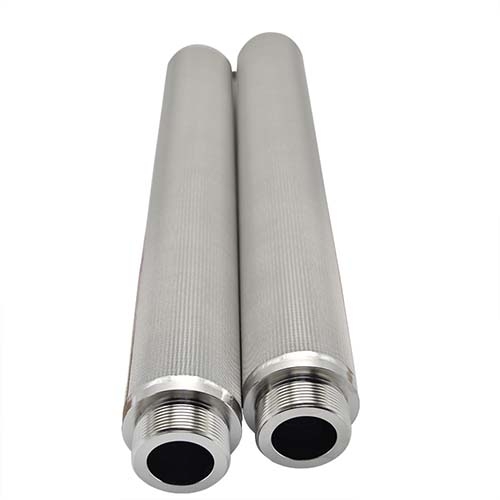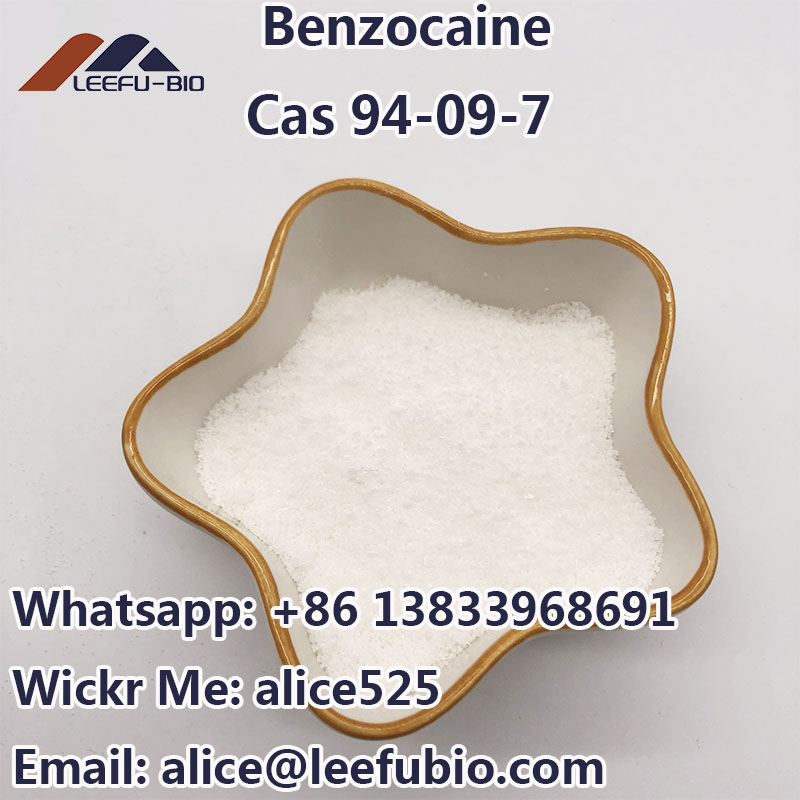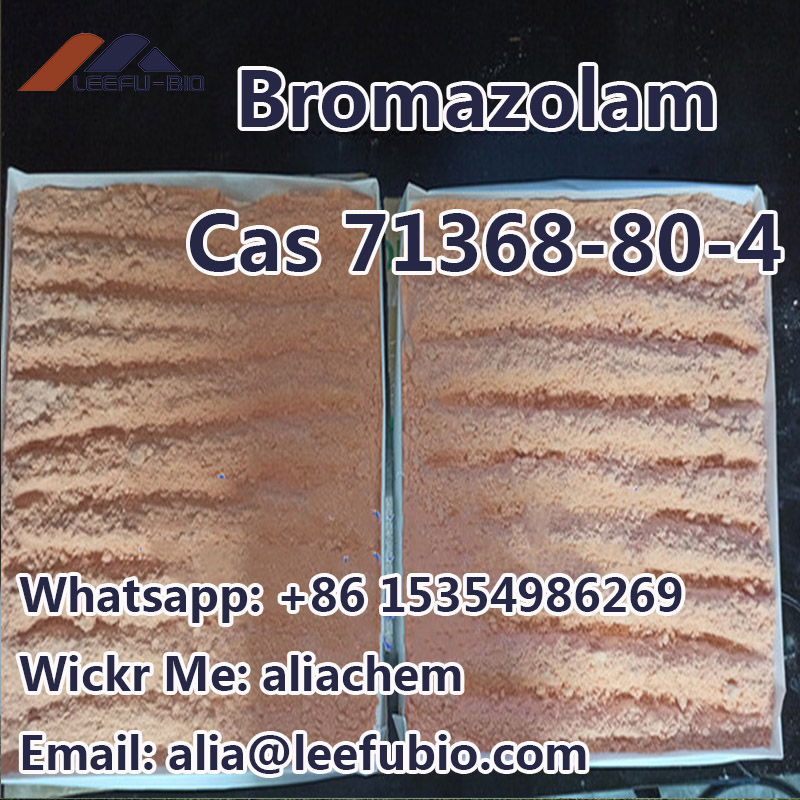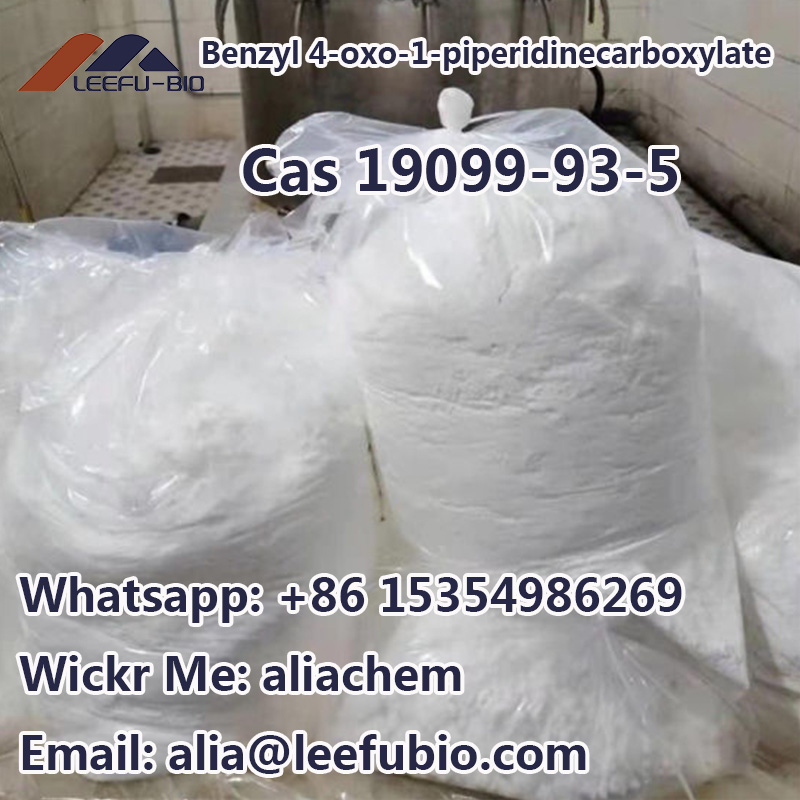Candle Filter Element
Product Description
Min Order Quantity:1 Meter
Country/Region:China
City:Shijiazhuang
Product Attributes
- - Place of Origin China
- - Supply Type OEM Service
- - Condition New
- - Related Keywords Candle Filter Element
Description by Manufacturer
The candle filter element is named based on its shape. These filter elements are usually hollow tubes with a cap on the bottom and a threaded connector on top that attaches to a header. The outer face of the tube is usually made of punch plate, expanded metal, sintered metal, or porous ceramic to provide support for the filter media.
Our candle filter element media is wedge wire, a triangle-shaped wire that offers excellent abrasion resistance.
Filtration of Liquids with Candle Filters
The filter candles from Yuanlv Filter are well suited for the filtration of liquids, which have a low content of solids, they are primarily used for liquids that are already very clean, e.g. for water treatment. For filtration, the flow to the candle insert in the filter is from the outside to the inside, so that the mechanical filtration of the surface can be carried out. Candle sieves can be adapted to the most diverse requirements of industry with practically no restrictions.
Advantage:
significantly larger filter area and longer service life
fewer components are required compared to the jacket sieve and cleaning is easier
candle filters can be replaced individually
For cleaning, they are easily removed from the closed-off filter chamber, manually cleaned using a liquid cleaning fluid, blown out using compressed air and inserted into the filter. Due to attachment and locating the filter element, conditional to the shape, the greatest process reliability is ensured.
Application of Candle Filter Elements
1) Metallurgy: It was used for the filtration of the hydraulic system of rolling mill and continuous caster and filtration of various lubrication equipment.
2) Petrochemical: Separation and recycling of products and intermediate products in the refining, chemical production process, Purification of liquids, tapes, discs, and photographic films in manufacturing, Oilfield injection well water, and natural gas in addition to particle filtration.
3) Textile: Purification and uniform filtration of polyester melt During the drawing process. Air compressor protection and filtration, degreasing of compressed gas and water.
4) Electronics and Pharmaceuticals: Reverse osmosis water, deionized water pretreatment filtration, washing solution, and glucose pretreatment filtration.
5) Thermal power and nuclear power: Gas turbine, boiler lubrication system, speed control system, bypass control system oil purification, water pump, fan, and dust removal system purification.
Candle Filter Operational Sequence
In its simplest setup, a Candle Filter can operate in three stages: Filling, Filtration, and Discharge. Depending on the process, the operation can include all or most of these steps listed below:
Precoating- If your solid is the product, then precoat is likely not for your operation since it mixes filter aid into the cake. If your slurry is sticky or if you need very clear filtrate right at start-up then running diatomaceous earth, perlite, or another filter aid prior to filtration may be a step you should take.
Filling- Slurry enters the vessel from the bottom, compressing the air or gas in the vessel above the candles and headers.
Filtration- Increasing pressure forces filtrate through the filter media on the candles, through the headers, and out the filtrate outlet. Solids are collected on the filter media and form a cake.
Washing- Spray bars near the headers can clean cake down the length of the candles.
Drying- Steam or gas replaces slurry and is forced through the cake and candles until there is no more filtrate to capture
Heel Removal- Air or gas fills the vessel and presses the remaining slurry out a pipe on the bottom and back into the feed tank.
Discharge- Both the slurry inlet and the filtrate outlet are closed. The sludge drain on the bottom of the vessel opens. The condensed air or gas trapped in a bubble above the candles and headers gets forced out of the sludge drain. This backwash breaks the cake off the candles and it is discharged. The unit is now ready to begin filling again.
Price
- Price US$ 100 / Meter
Product Image
Description by Manufacturer
The candle filter element is named based on its shape. These filter elements are usually hollow tubes with a cap on the bottom and a threaded connector on top that attaches to a header. The outer face of the tube is usually made of punch plate, expanded metal, sintered metal, or porous ceramic to provide support for the filter media.
Our candle filter element media is wedge wire, a triangle-shaped wire that offers excellent abrasion resistance.
Filtration of Liquids with Candle Filters
The filter candles from Yuanlv Filter are well suited for the filtration of liquids, which have a low content of solids, they are primarily used for liquids that are already very clean, e.g. for water treatment. For filtration, the flow to the candle insert in the filter is from the outside to the inside, so that the mechanical filtration of the surface can be carried out. Candle sieves can be adapted to the most diverse requirements of industry with practically no restrictions.
Advantage:
significantly larger filter area and longer service life
fewer components are required compared to the jacket sieve and cleaning is easier
candle filters can be replaced individually
For cleaning, they are easily removed from the closed-off filter chamber, manually cleaned using a liquid cleaning fluid, blown out using compressed air and inserted into the filter. Due to attachment and locating the filter element, conditional to the shape, the greatest process reliability is ensured.
Application of Candle Filter Elements
1) Metallurgy: It was used for the filtration of the hydraulic system of rolling mill and continuous caster and filtration of various lubrication equipment.
2) Petrochemical: Separation and recycling of products and intermediate products in the refining, chemical production process, Purification of liquids, tapes, discs, and photographic films in manufacturing, Oilfield injection well water, and natural gas in addition to particle filtration.
3) Textile: Purification and uniform filtration of polyester melt During the drawing process. Air compressor protection and filtration, degreasing of compressed gas and water.
4) Electronics and Pharmaceuticals: Reverse osmosis water, deionized water pretreatment filtration, washing solution, and glucose pretreatment filtration.
5) Thermal power and nuclear power: Gas turbine, boiler lubrication system, speed control system, bypass control system oil purification, water pump, fan, and dust removal system purification.
Candle Filter Operational Sequence
In its simplest setup, a Candle Filter can operate in three stages: Filling, Filtration, and Discharge. Depending on the process, the operation can include all or most of these steps listed below:
Precoating- If your solid is the product, then precoat is likely not for your operation since it mixes filter aid into the cake. If your slurry is sticky or if you need very clear filtrate right at start-up then running diatomaceous earth, perlite, or another filter aid prior to filtration may be a step you should take.
Filling- Slurry enters the vessel from the bottom, compressing the air or gas in the vessel above the candles and headers.
Filtration- Increasing pressure forces filtrate through the filter media on the candles, through the headers, and out the filtrate outlet. Solids are collected on the filter media and form a cake.
Washing- Spray bars near the headers can clean cake down the length of the candles.
Drying- Steam or gas replaces slurry and is forced through the cake and candles until there is no more filtrate to capture
Heel Removal- Air or gas fills the vessel and presses the remaining slurry out a pipe on the bottom and back into the feed tank.
Discharge- Both the slurry inlet and the filtrate outlet are closed. The sludge drain on the bottom of the vessel opens. The condensed air or gas trapped in a bubble above the candles and headers gets forced out of the sludge drain. This backwash breaks the cake off the candles and it is discharged. The unit is now ready to begin filling again.
Price
- Price US$ 100 / Meter




